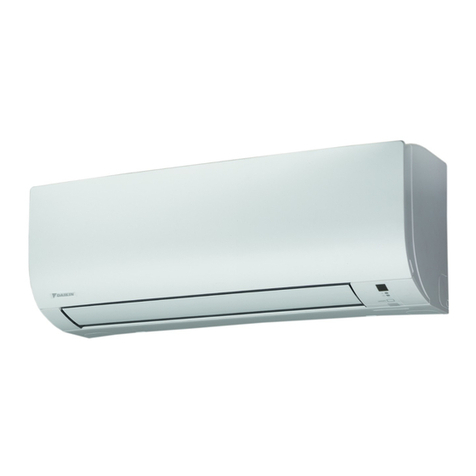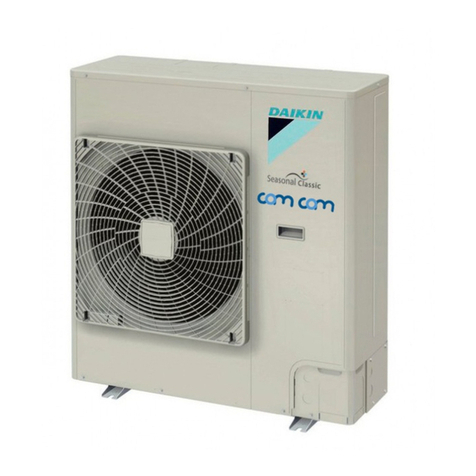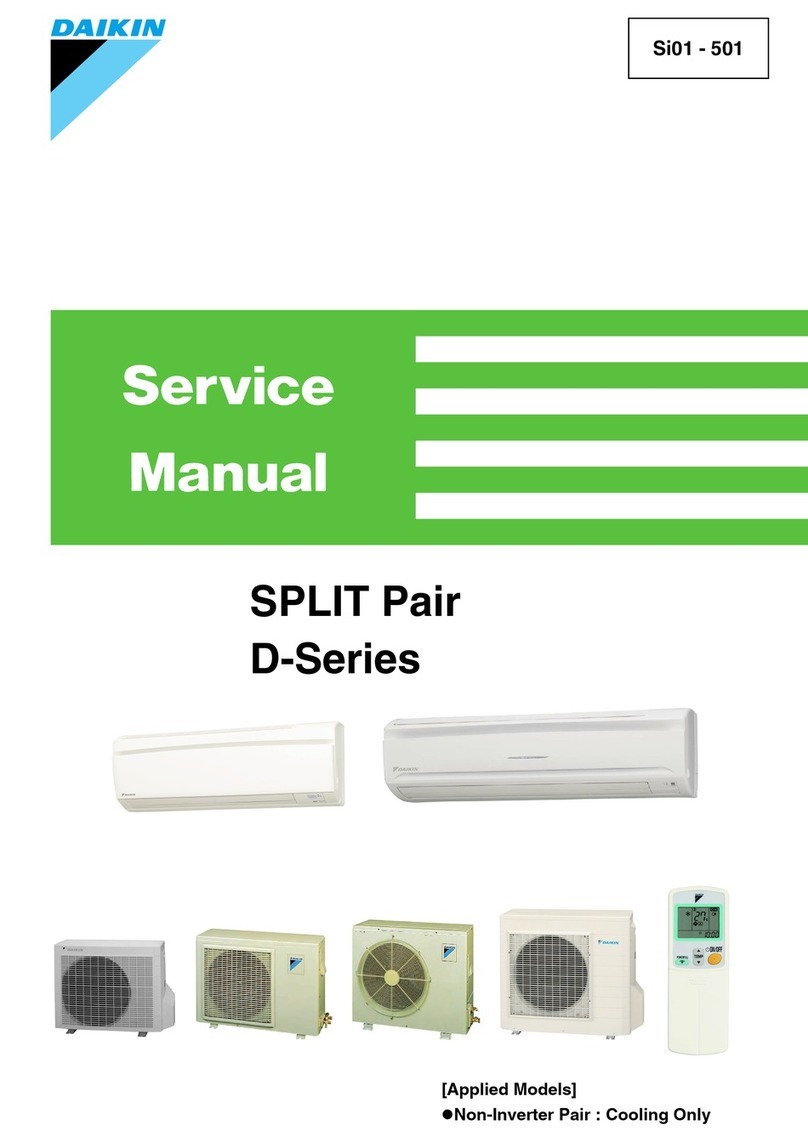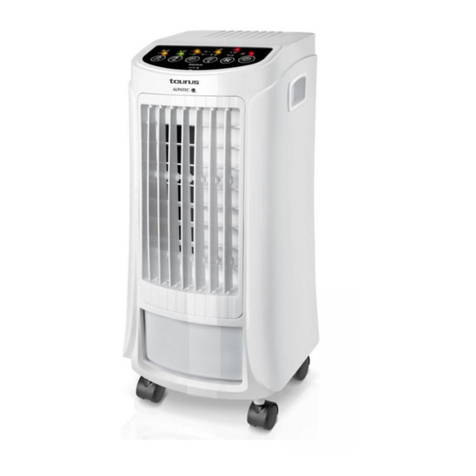Daikin Siesta ATXN25MV1B7 User manual
Other Daikin Air Conditioner manuals
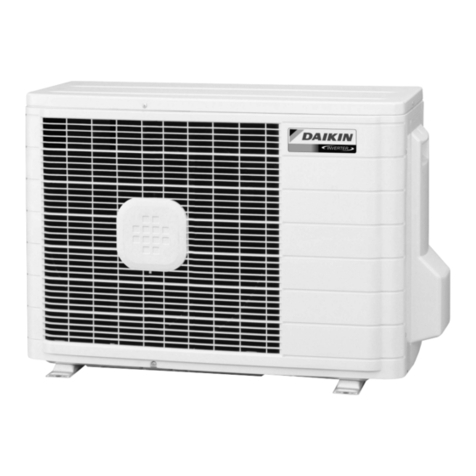
Daikin
Daikin RKS25E2V1B User manual
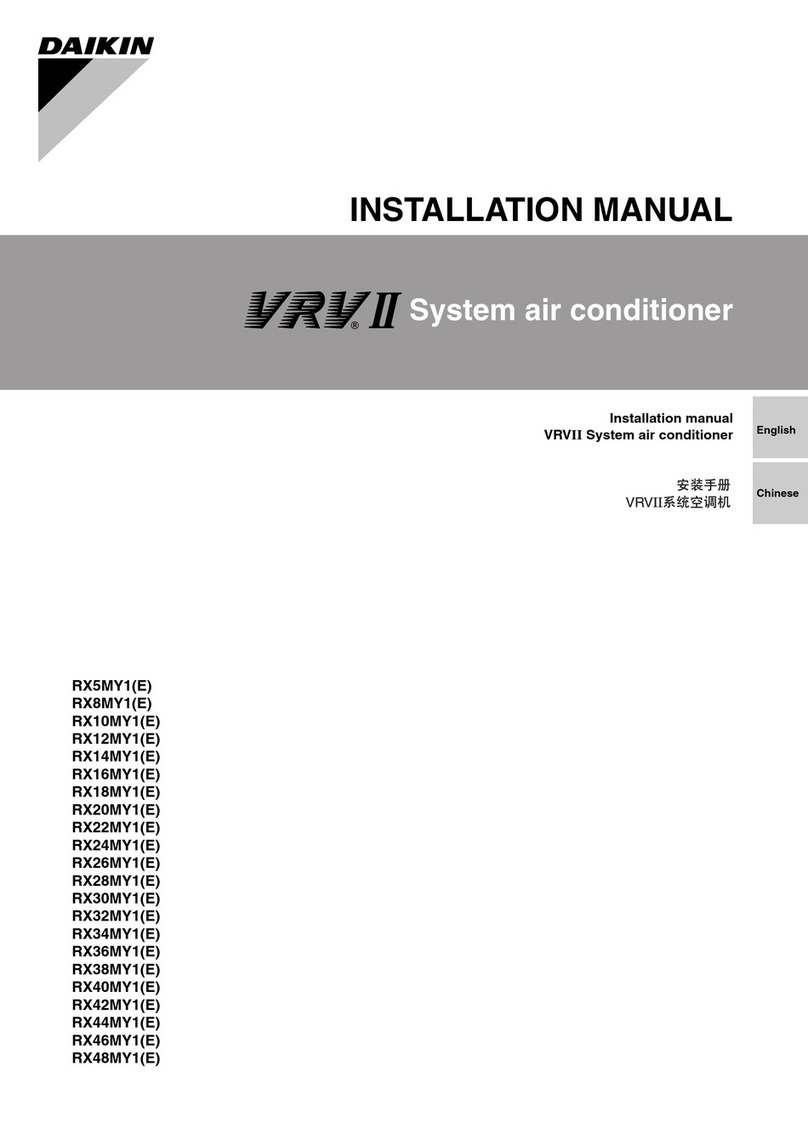
Daikin
Daikin RX5MY1 User manual
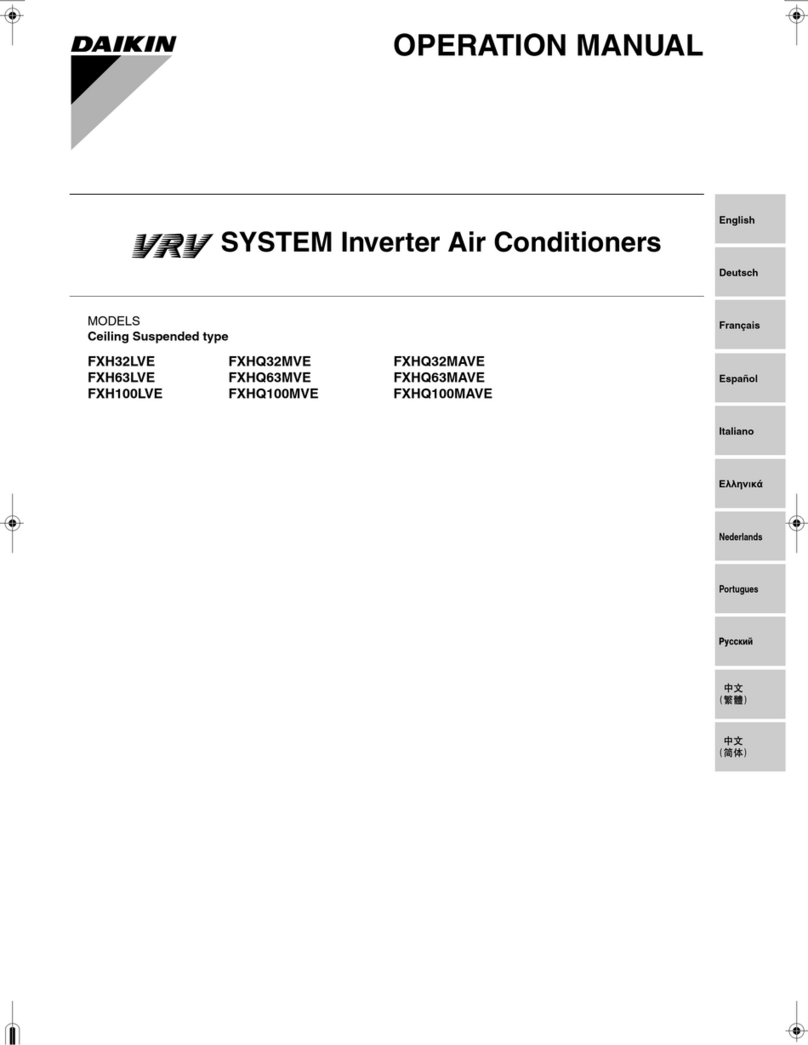
Daikin
Daikin FXH32LVE User manual
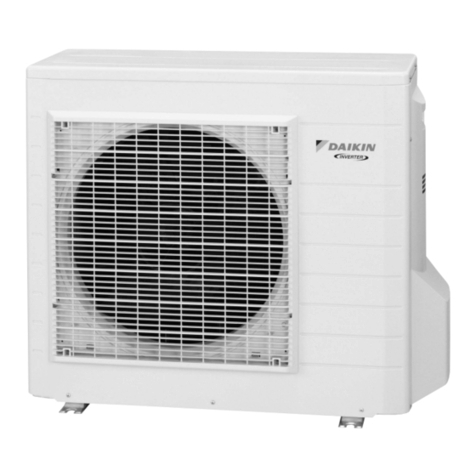
Daikin
Daikin RKS50FVMV User manual

Daikin
Daikin FTQ-PA Dimension Guide

Daikin
Daikin FXSN20AV1 User manual
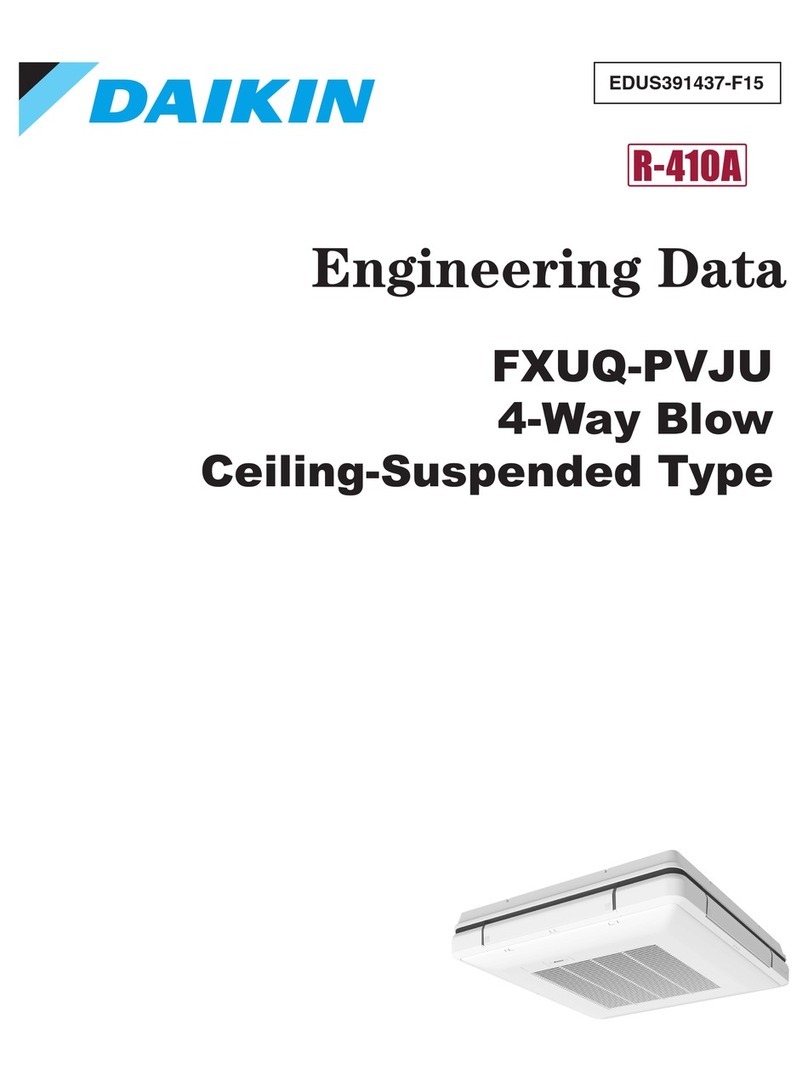
Daikin
Daikin FXUQ PVJU Series Dimension Guide
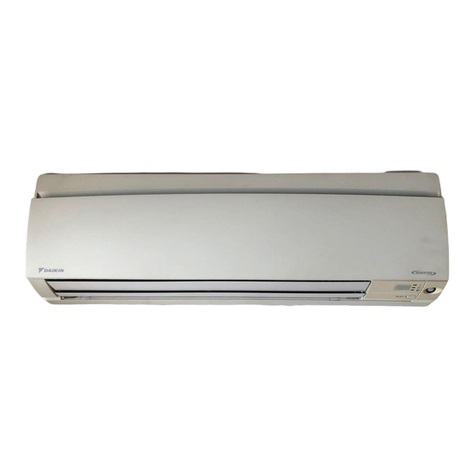
Daikin
Daikin FTKD25DVM User manual
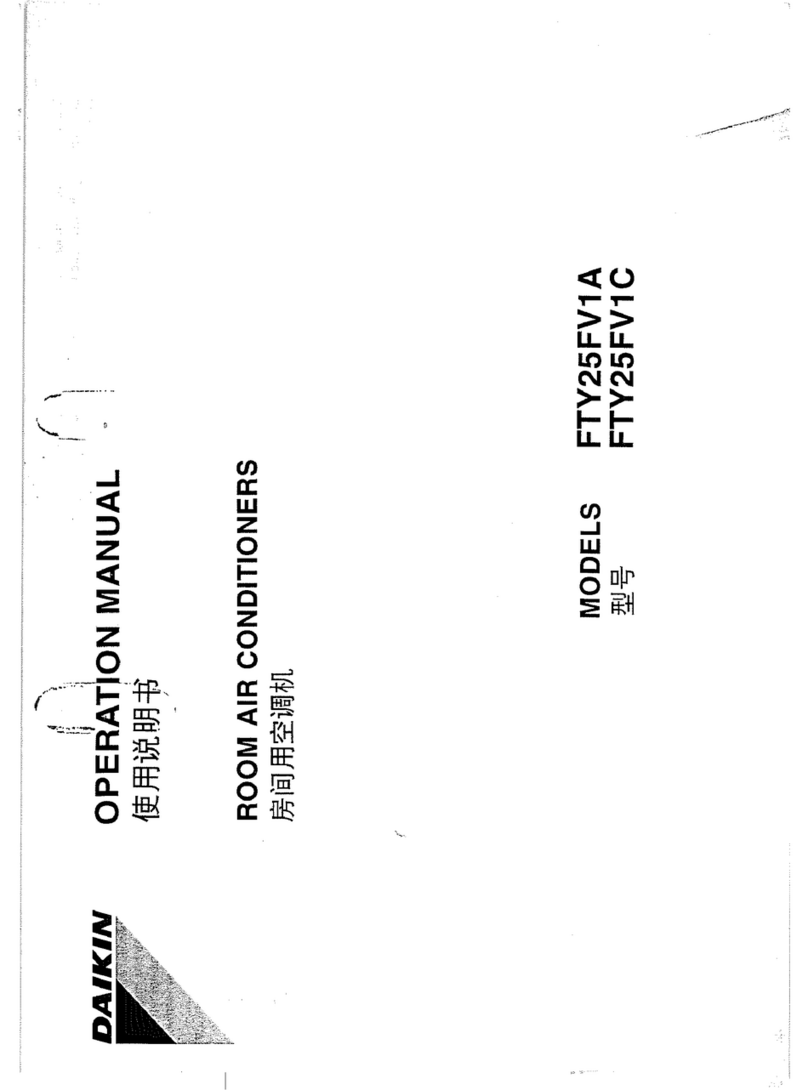
Daikin
Daikin FTY25FV1A User manual

Daikin
Daikin RXM42LV1B User manual

Daikin
Daikin Altherma EHVH04S18CB3V How to use

Daikin
Daikin FXLQ20MHV1 User manual

Daikin
Daikin Super Multi NX FDBQ25B8V1 User manual
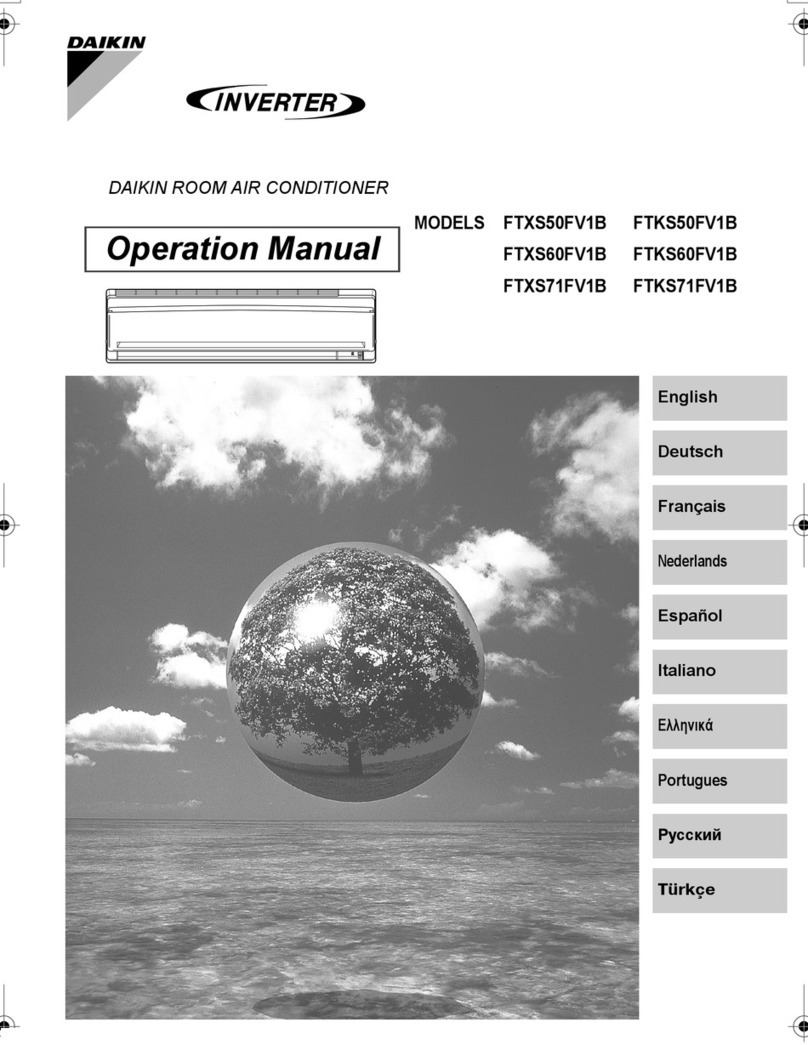
Daikin
Daikin FTKS50FV1B User manual
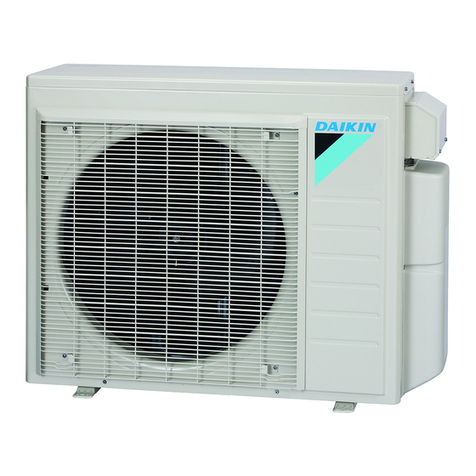
Daikin
Daikin 2MXS-W Series User manual
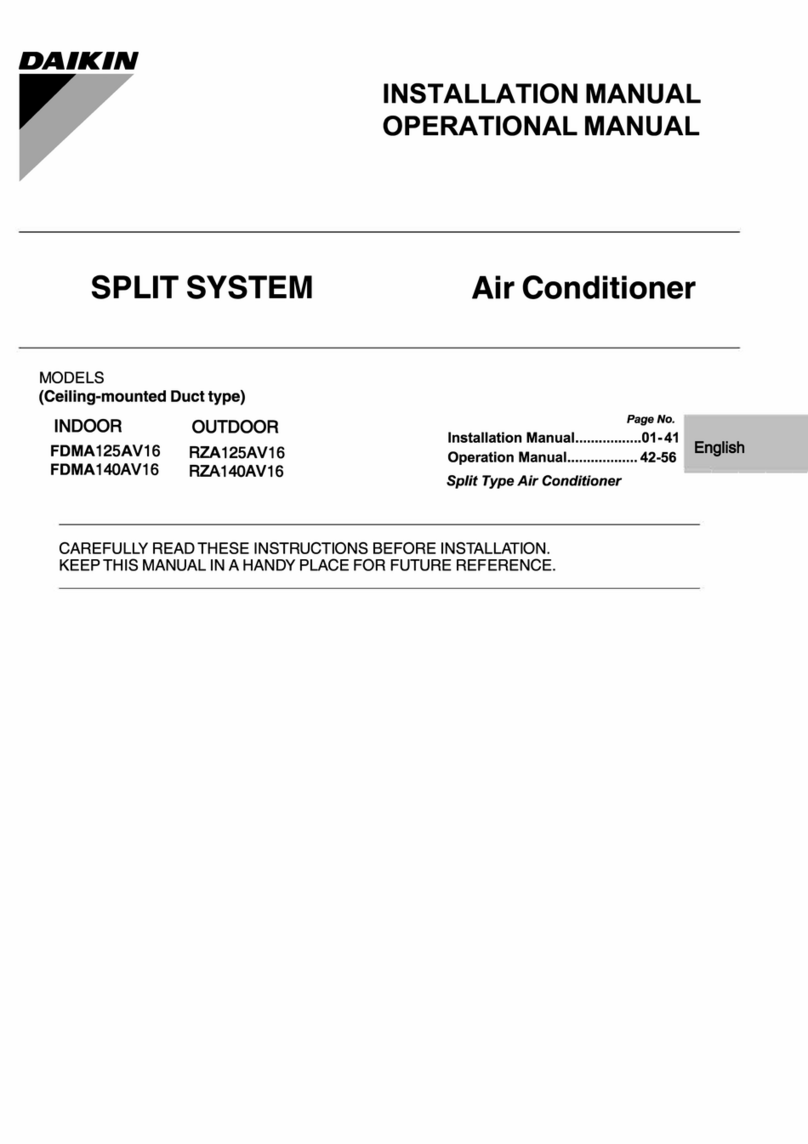
Daikin
Daikin FDMA125AV16 User manual
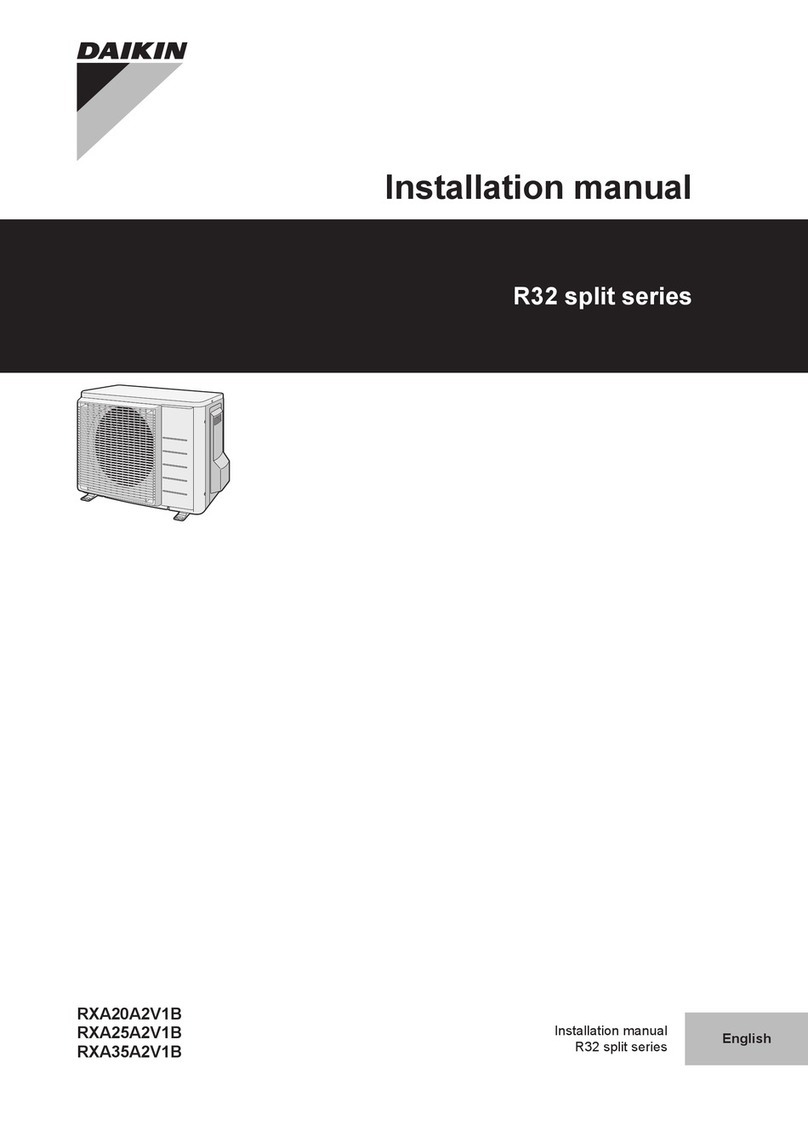
Daikin
Daikin RXA20A2V1B User manual
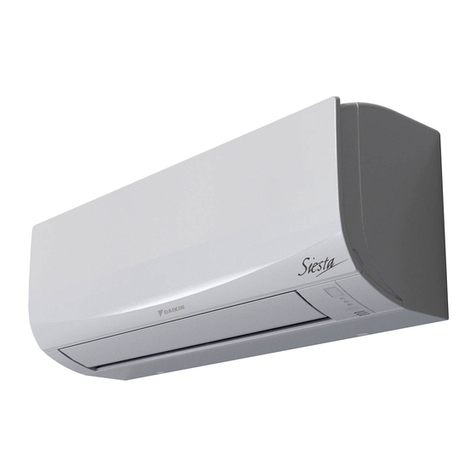
Daikin
Daikin ATXF25E5V1B User manual
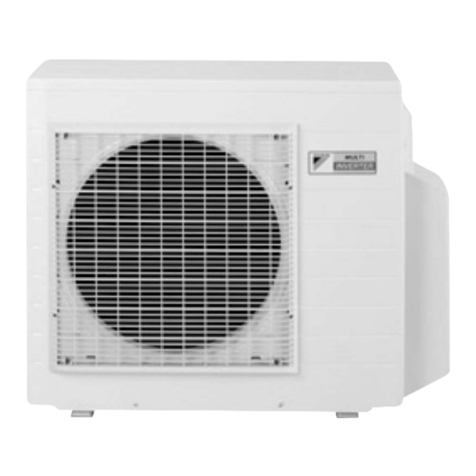
Daikin
Daikin 3MKS75KVM User manual
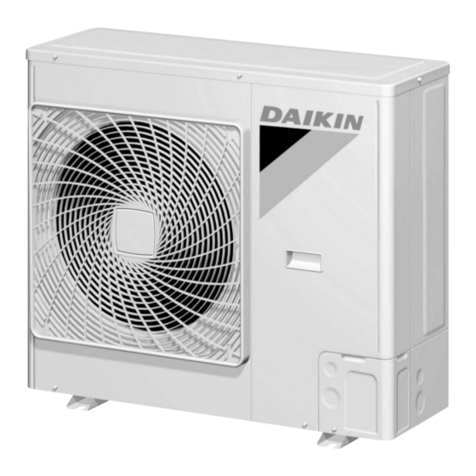
Daikin
Daikin RN60HV1A User manual
Popular Air Conditioner manuals by other brands

Fujitsu
Fujitsu ASYG 09 LLCA installation manual

York
York HVHC 07-12DS Installation & owner's manual

Carrier
Carrier Fan Coil 42B Installation, operation and maintenance manual

intensity
intensity IDUFCI60KC-3 installation manual

Frigidaire
Frigidaire FAC064K7A2 Factory parts catalog

Sanyo
Sanyo KS2432 instruction manual
